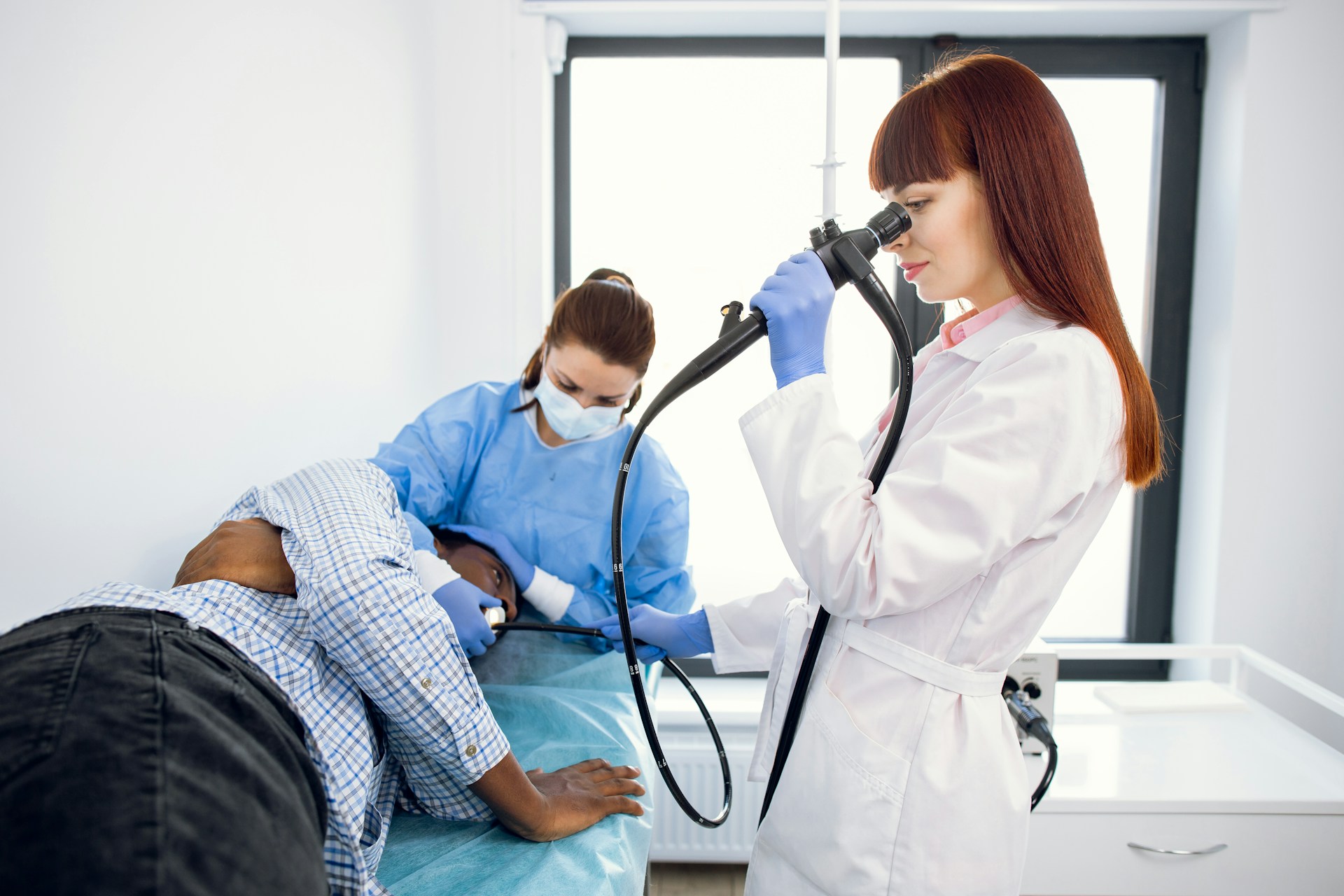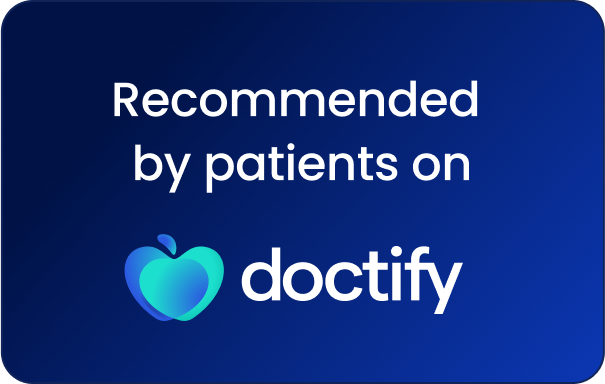Diagnosing gastrointestinal (GI) disorders accurately is crucial for effective treatment and management. Gastroscopy and colonoscopy are two essential procedures that play a vital role in identifying various conditions affecting the digestive tract. These procedures allow doctors to see inside your digestive system and detect issues that might be causing discomfort or health problems. Understanding how each procedure works and their importance can help you feel more prepared and less anxious if you need to undergo them.
Gastroscopy involves examining the upper part of your digestive system, including the oesophagus, stomach, and duodenum. It is often used to investigate symptoms such as persistent stomach pain, nausea, or swallowing difficulties. On the other hand, colonoscopy focuses on the colon and rectum and is a vital tool for identifying conditions like colorectal cancer, inflammatory bowel disease, and others.
Both gastroscopy and colonoscopy are not just diagnostic tools but also offer therapeutic capabilities. For instance, during a gastroscopy, your doctor can take biopsies or treat bleeding ulcers. Similarly, a colonoscopy can remove polyps or take samples for further analysis. The detailed visualisation these procedures provide is unmatched, making them indispensable in modern medicine. By understanding their roles, purposes, and how to prepare, you can take proactive steps towards maintaining your digestive health.
Understanding Gastroscopy: Purpose and Procedure
Gastroscopy, also known as an upper endoscopy, is a procedure that allows doctors to examine the upper part of your digestive system. This includes the oesophagus, stomach, and the first part of your small intestine called the duodenum. Using a thin, flexible tube with a camera on the end, known as an endoscope, doctors can get a clear view of these areas. The main purpose of a gastroscopy is to investigate symptoms such as persistent stomach pain, nausea, vomiting, or difficulty swallowing. It can also be used to diagnose conditions like ulcers, gastritis, and celiac disease.
The procedure itself is relatively quick, typically taking about 15 to 30 minutes. Before the gastroscopy, you’ll receive a sedative to help you relax. The endoscope is gently inserted through your mouth and guided down into your stomach and duodenum. During the procedure, your doctor can take pictures and tissue samples (biopsies) if they see something that looks unusual. These samples can help in diagnosing various conditions. Gastroscopy is not only valuable for diagnosis but also for treatment. For instance, doctors can use the endoscope to remove polyps, take biopsies, or even stop bleeding.
The Importance of Colonoscopy in Diagnosing GI Disorders
Colonoscopy is a crucial procedure for examining the inner lining of the large intestine, which includes the colon and rectum. This test is essential for diagnosing several gastrointestinal disorders, most notably colorectal cancer. By using a long, flexible tube with a camera on the end, called a colonoscope, doctors can inspect the entire colon. Colonoscopy is often recommended if you experience symptoms like chronic abdominal pain, rectal bleeding, or changes in bowel habits. It’s also a key tool for detecting polyps, which can be precancerous, and for monitoring inflammatory bowel diseases like Crohn’s disease and ulcerative colitis.
The colonoscopy procedure usually lasts between 30 to 60 minutes. Before the test, you’ll need to follow specific preparation instructions to clean out your colon completely. This often involves a special diet and laxatives. Once you’re prepped, you’ll receive a sedative to ensure you’re comfortable. The colonoscope is then gently inserted through the rectum into the colon. As it moves through the colon, your doctor can take pictures, remove polyps, and collect tissue samples for further analysis. The ability to perform therapeutic actions during the procedure, such as polyp removal, adds to the importance of colonoscopy in both diagnosing and preventing GI disorders.
These procedures, gastroscopy and colonoscopy, are invaluable in modern gastroenterology. They provide detailed insights and allow for immediate treatment options, significantly contributing to a patient’s overall digestive health.
Common GI Disorders Diagnosed by Gastroscopy and Colonoscopy
Gastroscopy and colonoscopy are essential tools for diagnosing a variety of gastrointestinal (GI) disorders. Gastroscopy is particularly useful for identifying conditions in the upper digestive tract. These include peptic ulcers, which are sores that develop on the lining of the stomach, oesophagus, or small intestine. The procedure can also detect gastritis, an inflammation of the stomach lining, and Barrett’s oesophagus, a condition where the oesophageal lining changes due to acid reflux, potentially leading to cancer. Additionally, gastroscopy can uncover celiac disease by spotting damage to the villi in the small intestine.
Colonoscopy is invaluable for examining the lower digestive tract. It is the gold standard for detecting colorectal cancer. During a colonoscopy, doctors can identify and remove polyps, which are small growths that could eventually become cancerous. The procedure is also crucial for diagnosing inflammatory bowel diseases (IBD) such as Crohn’s disease and ulcerative colitis, which cause chronic inflammation of the colon and rectum. Colonoscopy can reveal diverticulitis, a condition where small pouches in the colon wall become inflamed or infected. Both procedures provide accurate diagnoses, allowing for prompt and effective treatment plans.
Preparing for Gastroscopy and Colonoscopy: What You Need to Know
Proper preparation for gastroscopy and colonoscopy is crucial for the success of the procedures. Before a gastroscopy, you will need to fast for six to eight hours to ensure your stomach is empty. This makes it easier for the doctor to see the stomach lining and other structures clearly. It’s also recommended to avoid certain medications, such as blood thinners, before the procedure to reduce the risk of bleeding. Always consult your doctor for specific instructions tailored to your health condition.
Preparing for a colonoscopy is a bit more involved. A clean colon is essential for a thorough examination. This usually means following a special diet for a day or two before the procedure, consisting mostly of clear liquids like broth, tea, and clear juices. You will also need to take a strong laxative or perform an enema to ensure your colon is completely empty. This preparation might seem daunting, but it’s crucial for accurate diagnosis and can prevent the need for a repeat procedure. Following all preparation steps carefully will help ensure the procedure goes smoothly and provides the most reliable results.
Conclusion
Understanding the roles of gastroscopy and colonoscopy in diagnosing gastrointestinal disorders equips you with valuable knowledge for maintaining your digestive health. These procedures are essential in identifying a range of conditions, from ulcers and gastritis to colorectal cancer and inflammatory bowel disease. Accurate diagnosis allows for prompt and effective treatment, ultimately improving your quality of life.
Both procedures require careful preparation, but the insights they provide are invaluable. By following the preparation instructions and understanding what to expect, you can approach these diagnostic tools with confidence. Regular screenings and timely interventions can make a significant difference in managing and treating GI disorders.
If you suspect you have a GI disorder or need a routine screening, reach out to Precision Upper GI Surgery. Our experienced team in Sydney, NSW, is dedicated to providing comprehensive care, including gastroscopy and colonoscopy, and expert guidance. Contact us today to schedule your consultation and take the first step towards better digestive health.



